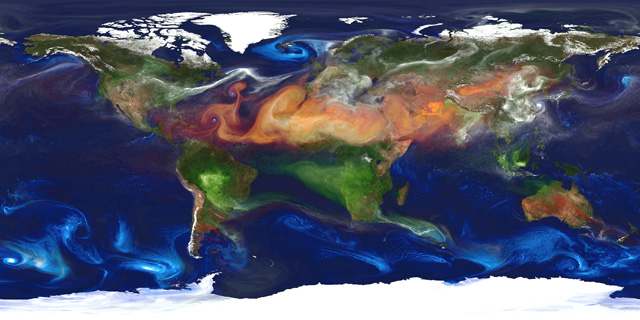The meeting is well attended: your audience exceeds 100 folks in your specialty. Also, the meeting is inexpensive, highly-regarded, professional, friendly and collaborative. Proceedings are produced as a peer-reviewed, integrated archival-quality book (you get the previous year's monograph at this conference, two-for-one value). The conference addresses all aspects of urban water systems, including planning, design, construction, operation, monitoring, models, safety, and security; how to manage urban water systems including water supply, drainage, pollution control, domestic, municipal, and industrial waters and stormwater from surface water catchments or ground water; and real-time control along with education, outreach, and practical applications. We welcome abstracts in any and all of the following general categories:; LIDs and BMPs; TMDLs; Urban water disasters, Urban flood management, Land Use; Nonpoint Sources of Pollution; Pavement; Pathogens; Stormwater and Urban drainage; Potable Water Supplies; Water distribution; Water System utilities; and other management and socio-political issues. Although the discussion is generally technical, it meshes well with management and difficult topics connected to urban water and related to computer modeling. Please visit: http://www.chiwater.com/Training/Conferences/conferencetoronto.asp Please email your 1-page abstract(s) to me in the next week or so. Alternatively, if you need a more formal invitation or a flyer, let me know. We look forward to seeing you and your colleagues in Toronto - you won't get a better deal in these economically-challenged times!
The meeting is well attended: your audience exceeds 100 folks in your specialty. Also, the meeting is inexpensive, highly-regarded, professional, friendly and collaborative. Proceedings are produced as a peer-reviewed, integrated archival-quality book (you get the previous year's monograph at this conference, two-for-one value). The conference addresses all aspects of urban water systems, including planning, design, construction, operation, monitoring, models, safety, and security; how to manage urban water systems including water supply, drainage, pollution control, domestic, municipal, and industrial waters and stormwater from surface water catchments or ground water; and real-time control along with education, outreach, and practical applications. We welcome abstracts in any and all of the following general categories:; LIDs and BMPs; TMDLs; Urban water disasters, Urban flood management, Land Use; Nonpoint Sources of Pollution; Pavement; Pathogens; Stormwater and Urban drainage; Potable Water Supplies; Water distribution; Water System utilities; and other management and socio-political issues. Although the discussion is generally technical, it meshes well with management and difficult topics connected to urban water and related to computer modeling. Please visit: http://www.chiwater.com/Training/Conferences/conferencetoronto.asp Please email your 1-page abstract(s) to me in the next week or so. Alternatively, if you need a more formal invitation or a flyer, let me know. We look forward to seeing you and your colleagues in Toronto - you won't get a better deal in these economically-challenged times!



